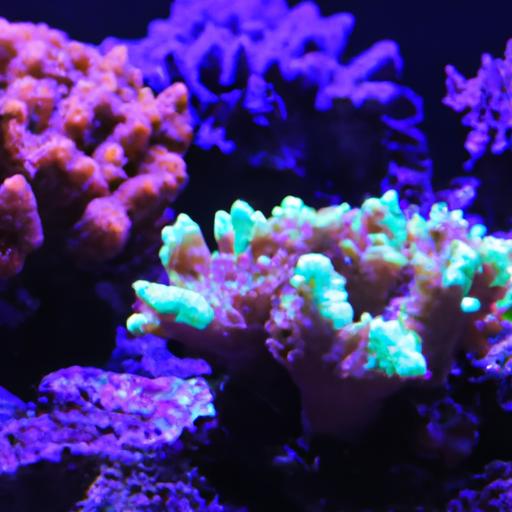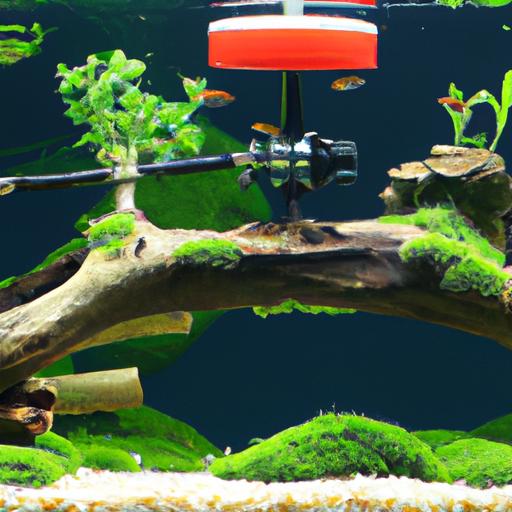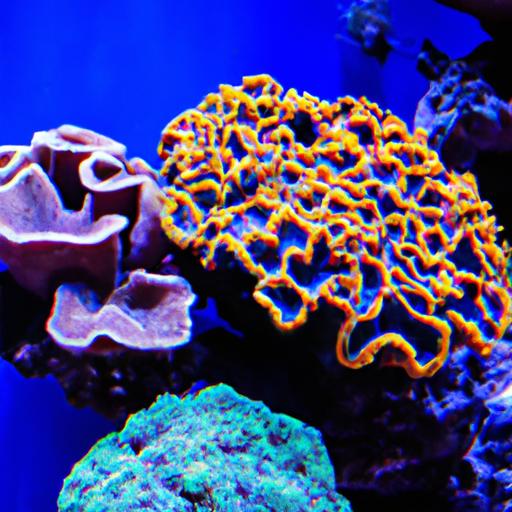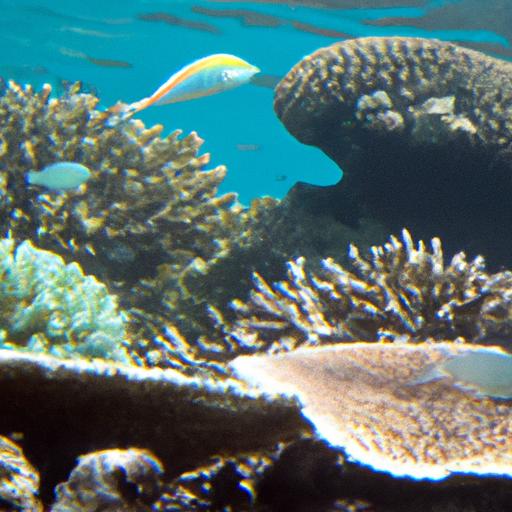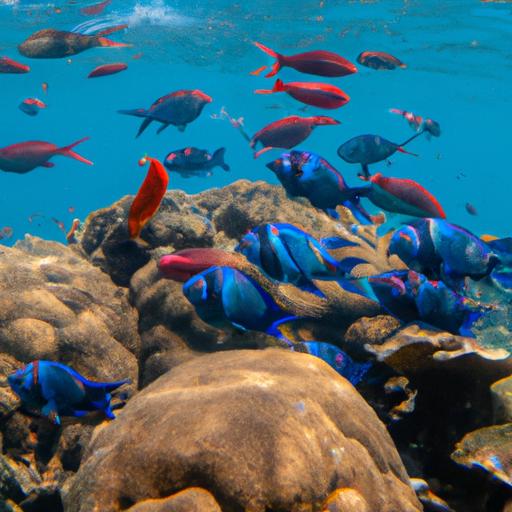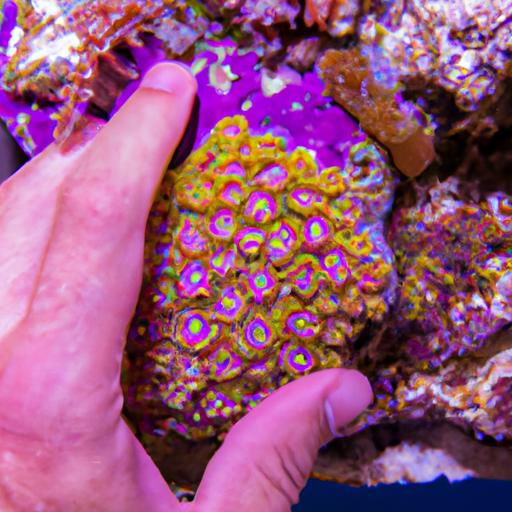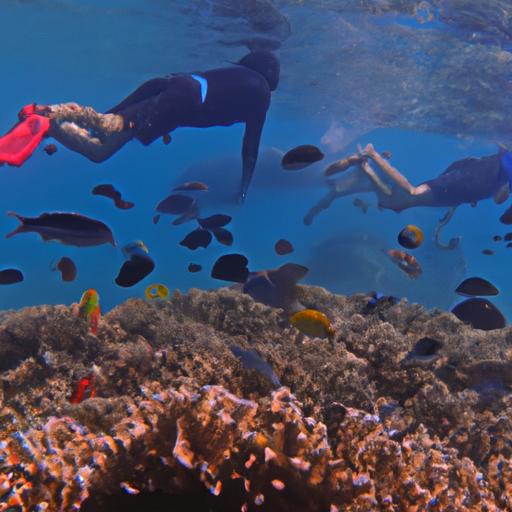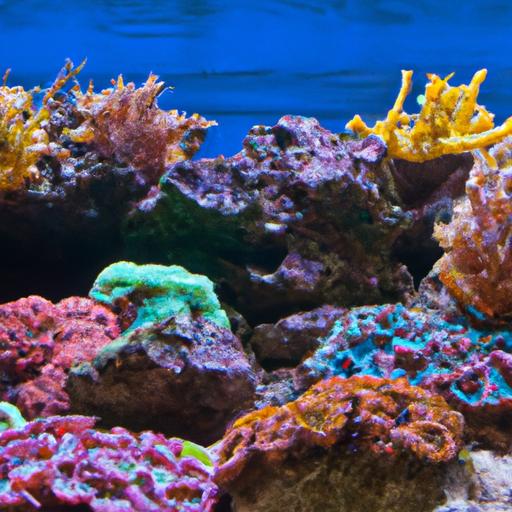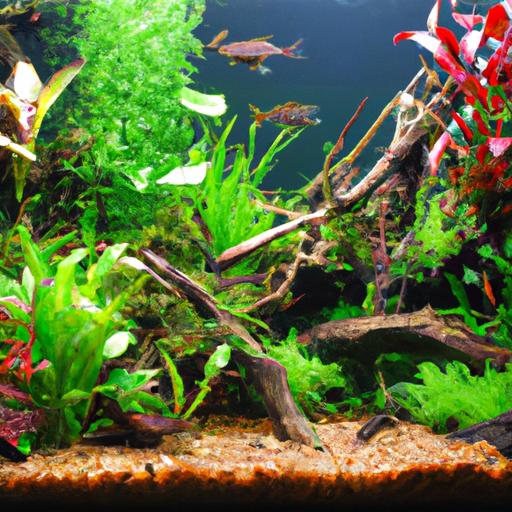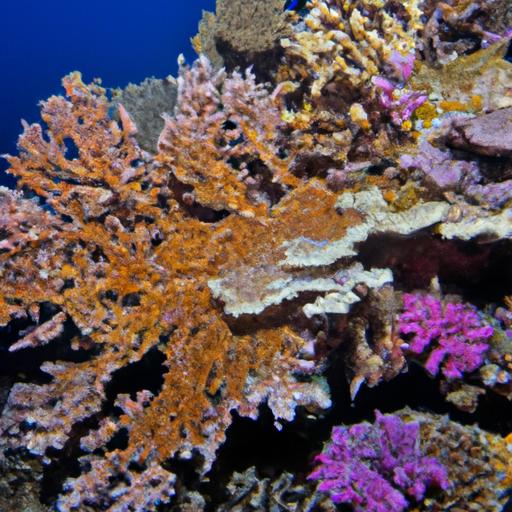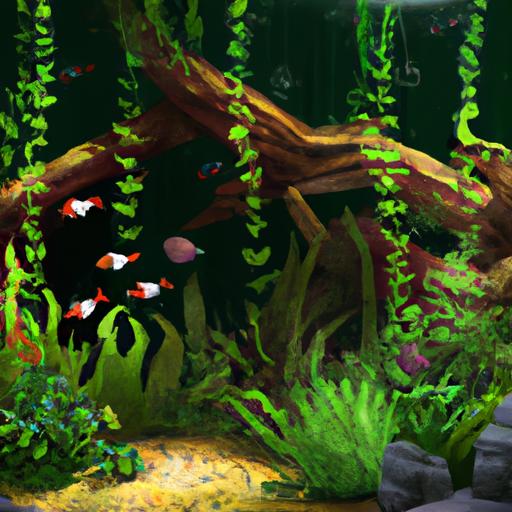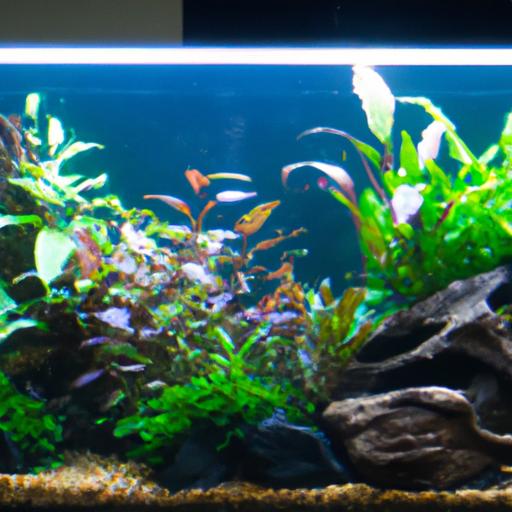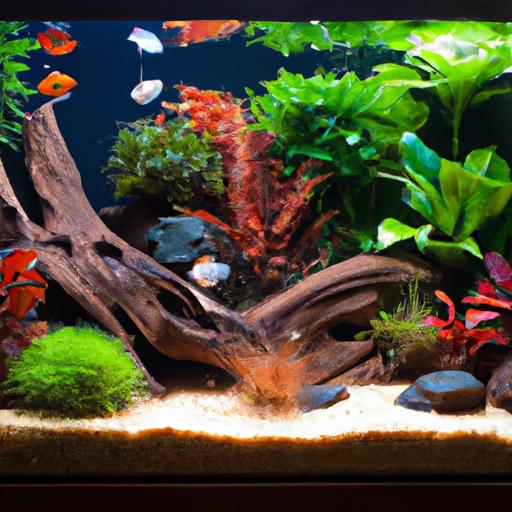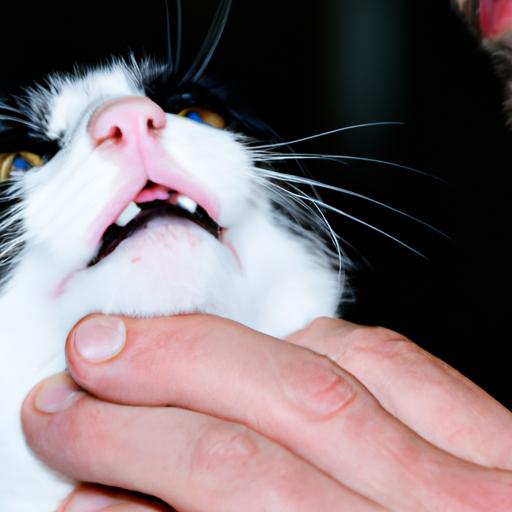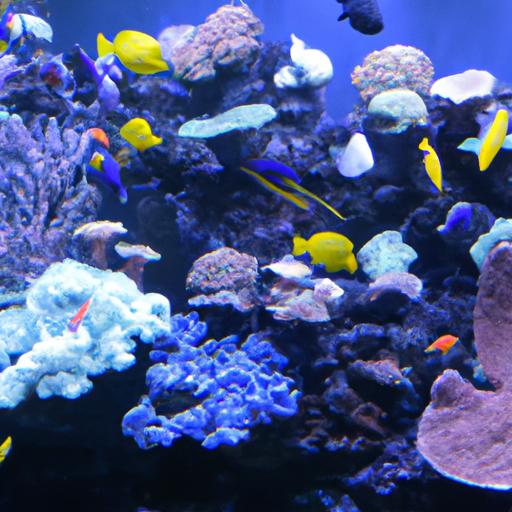
Common Mistakes to Avoid When Starting a Coral Reef Tank
Avoid common mistakes when starting a coral reef tank. Learn how to set up, manage water quality, and select the right corals and fish. Get expert tips now!
Introduction
Are you considering starting a coral reef tank? Congratulations! Owning and maintaining a vibrant coral reef tank can be a rewarding and visually stunning experience. However, it’s essential to be aware of the common mistakes that many beginners make when diving into this exciting hobby. By avoiding these pitfalls, you’ll be well on your way to creating a thriving underwater ecosystem that will mesmerize you and your guests. In this article, we’ll discuss the most common mistakes to avoid when starting a coral reef tank and provide valuable insights to help you succeed.
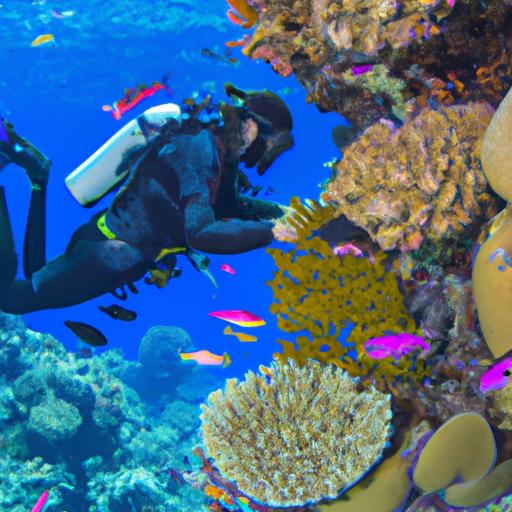
Common Mistakes to Avoid When Starting a Coral Reef Tank
Lack of Proper Research and Understanding
One of the biggest mistakes newcomers make is diving headfirst into the world of coral reef tanks without conducting thorough research. It’s crucial to familiarize yourself with the basics of reef tank setup, equipment requirements, and best practices for maintaining water quality. Understanding the specific needs of different coral species, as well as the compatibility of various fish, is also essential. By investing time in research and gaining knowledge, you’ll be better equipped to make informed decisions and create a healthy environment for your tank’s inhabitants.
Inadequate Tank Setup and Equipment
A well-planned and properly set up tank is the foundation for a successful coral reef ecosystem. Many beginners underestimate the importance of investing in high-quality equipment. From the tank itself to filtration systems, lighting, and protein skimmers, each component plays a crucial role in the overall health of your reef tank. Cutting corners on equipment may lead to poor water quality, inadequate lighting, and limited growth potential for your corals. By investing in reliable equipment right from the start, you’ll provide a stable and thriving environment for your marine life.
Poor Water Quality Management
Maintaining optimal water quality is vital for the health and longevity of your coral reef tank. Poor water quality can lead to stress, disease, and even death of your marine life. Monitoring and controlling water parameters such as temperature, salinity, pH, and nutrient levels are crucial tasks for any reef tank owner. Regular water testing, consistent water changes, and the use of high-quality filtration systems are essential for maintaining a stable and pristine environment. By prioritizing water quality management, you’ll ensure the well-being of your corals and fish.
Inappropriate Coral and Fish Selection
Selecting the right corals and fish for your reef tank is a critical decision that should not be taken lightly. Inexperienced hobbyists often make the mistake of choosing incompatible species or introducing aggressive fish that can harm the delicate corals. Each coral species has specific lighting, flow, and nutrient requirements, and not all fish are suitable tank mates for every coral. Before purchasing any marine life, research their compatibility, dietary needs, and behavior. By carefully selecting compatible species, you’ll create a harmonious and thriving coral reef ecosystem.
FAQ (Frequently Asked Questions)
What are the essential steps to set up a coral reef tank?
Setting up a coral reef tank involves several key steps. Firstly, you need to choose a suitable tank size and location, ensuring stability and accessibility. Next, equip your tank with proper lighting, filtration, and circulation systems. Add live rock and substrate to provide a natural environment for your corals and fish. Finally, cycle your tank to establish beneficial bacteria before introducing any marine life.
How often should water parameters be tested?
Regular testing of water parameters is crucial for maintaining a healthy reef tank. It is recommended to test pH, temperature, salinity, ammonia, nitrite, and nitrate levels weekly. Consistent monitoring will enable you to detect any imbalances or potential issues promptly.
Can any type of coral be kept in a reef tank?
Not all corals are suitable for reef tanks. Some corals require intense lighting and strong water flow, while others thrive in lower light and calmer conditions. It’s crucial to research the specific needs of the coral species you intend to keep and ensure they are compatible with your tank’s conditions.
What are the signs of poor water quality in a tank?
Poor water quality can manifest in various ways. Cloudy water, excessive algae growth, coral bleaching, fish gasping for air, or visible signs of stress in marine life are all indicators of potential water quality issues. Regular observation and testing will help you identify and address these problems promptly.
Conclusion
By avoiding the common mistakes discussed in this article, you’ll be well on your way to creating a thriving coral reef tank. Remember, investing time in research, ensuring adequate tank setup and equipment, prioritizing water quality management, and carefully selecting compatible marine life are key factors for success. With dedication and proper care, your coral reef tank will become a captivating centerpiece, providing endless enjoyment and beauty in your home. So, dive in and embark on this exciting journey to create a stunning underwater oasis for yourself and your marine companions.
